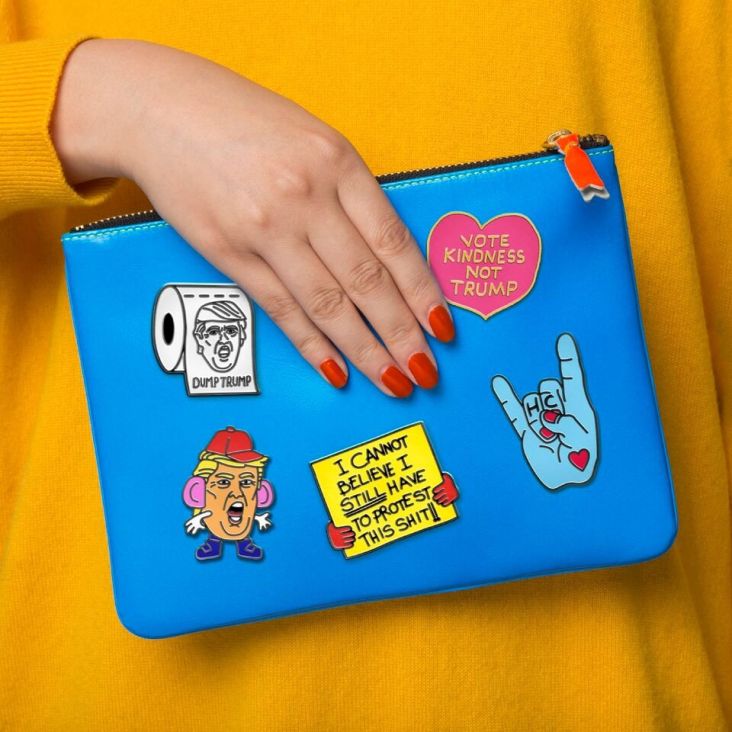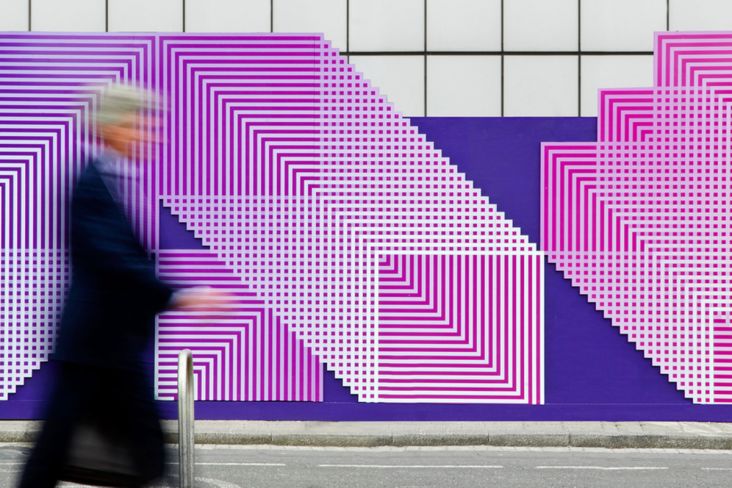Kingston University students create groundbreaking 3D pen sculpture of Nissan car
A group of talented Kingston University students have worked with a team of artists to create the world’s largest 3D pen sculpture – in the shape of a car.
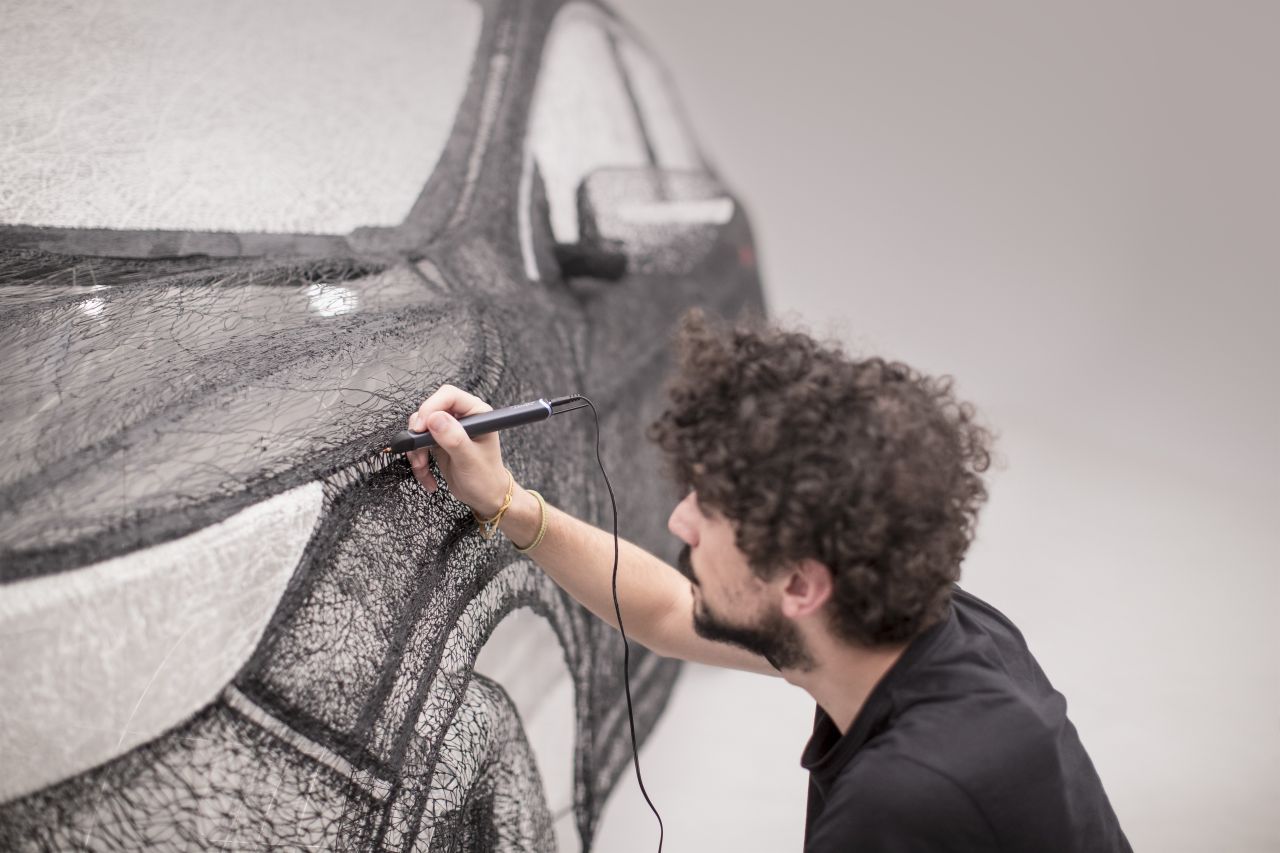
Product and furniture design student Karsan Haval combined forces with interior design undergraduates Luiza Darie Vlasceanu, Femi Adedoyin, Ruby Asare-Brown and Yelitzelena Leonard to form part of a dedicated team that spent 800 hours crafting a full-sized replica of the Nissan Qashqai Black Edition for the Japanese firm – which manufactures 58 real cars in just one hour.
The unique project was commissioned by Nissan to demonstrate the refined design of its new European crossover model. Students from the Faculty of Art, Design & Technology were called on to take part and spent two weeks drawing onto a stencilled car with a 3D pen, which was also used to then weld the elements of the car together.
“We started by drawing key areas of the car, adding contour lines to accentuate the profile of the vehicle and covering the whole car in masking tape to fill the gaps, creating panels,” Karsan explained. “In the early stages it was difficult to imagine what the finished ‘drawing’ would look like, but once we started webbing the contour lines to fill the panels and connecting them together, it really started to take shape.”
The team used 3Doodler pens, which allow an artist to draw in the air–producing objects and patterns by heating solid plastic to 230 degrees Celsius and forcing it through a small nozzle as it cools.
“Once we removed the panels we’d created away from the masking tape, we could really appreciate the separate strands of plastic that capture the movement of the 3D pen,” Karsan, 23, said. “It took a lot of patience and concentration – the finished model is made up of 13.8 kilometres of plastic strands.”
The final sculpture stretches more than four meters long and nearly two meters high, the same size as the actual vehicle – a feat Karsan says is testament to the progression of 3D art.
“3D printing has really taken off in the last five years and will continue to grow and develop – it’s now used in the medical world to help surgeons with procedures and has even skyrocketed into space to assist astronauts,” he said. “It’s changing the face of art as we know it.”
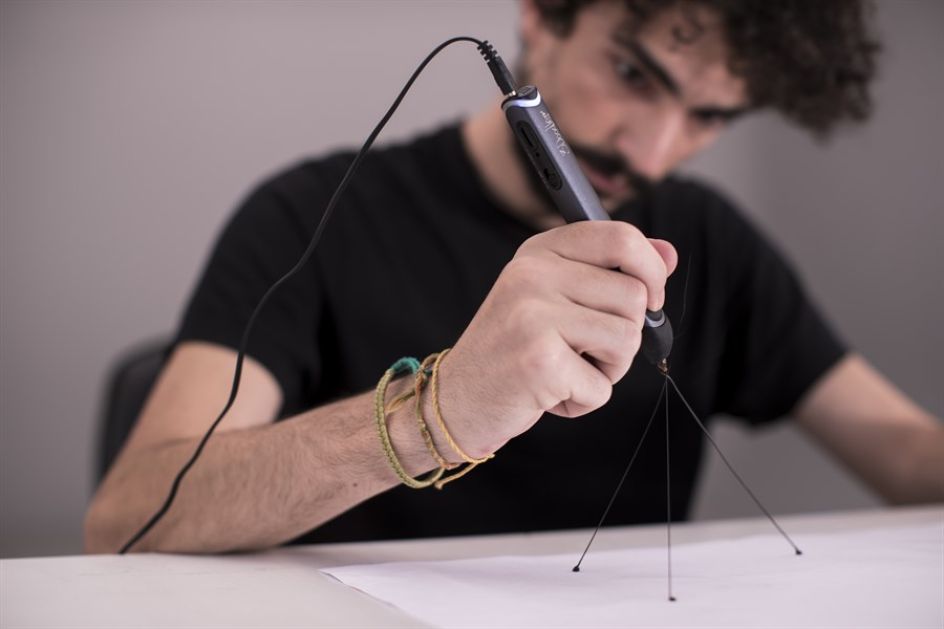
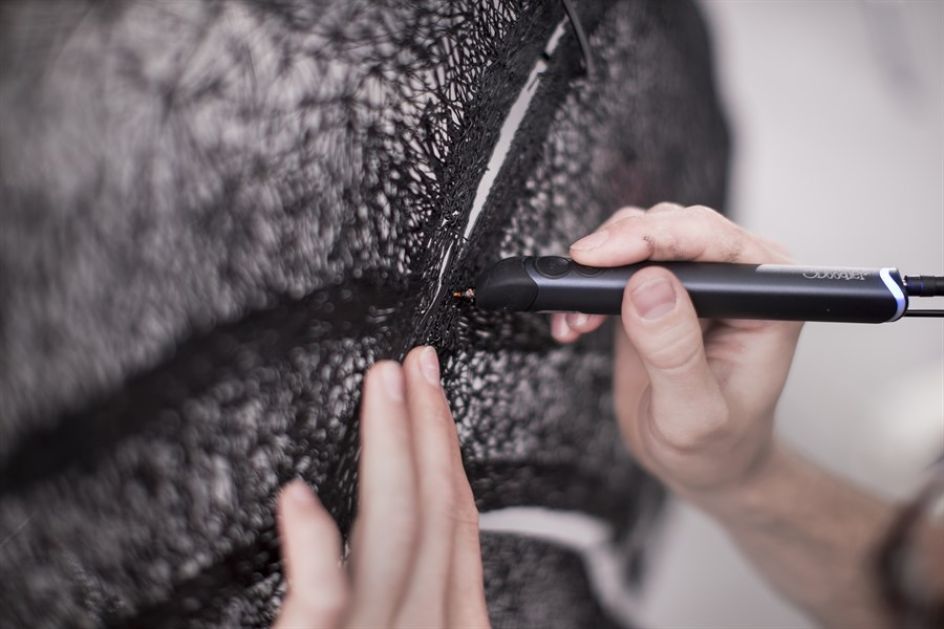


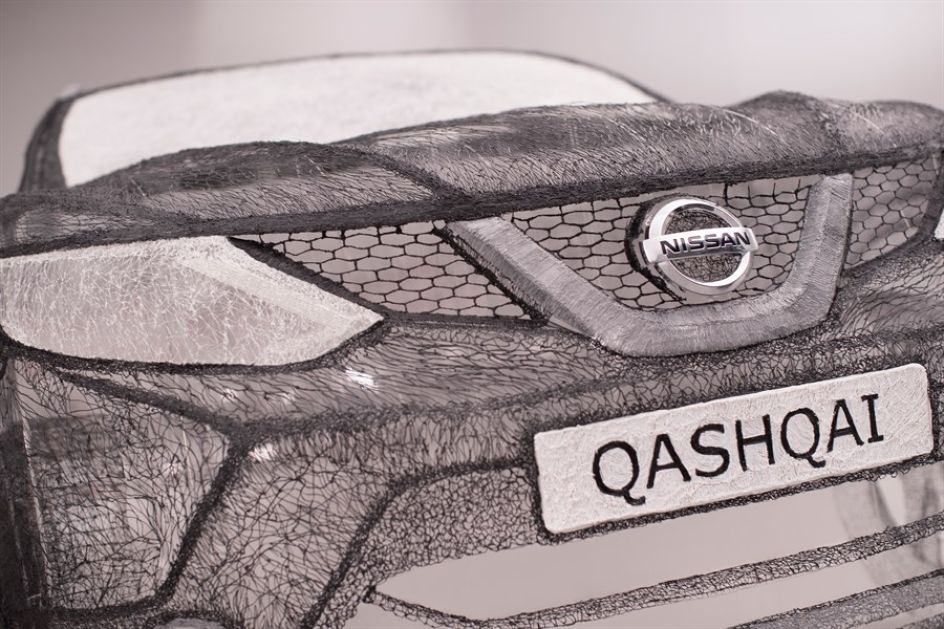


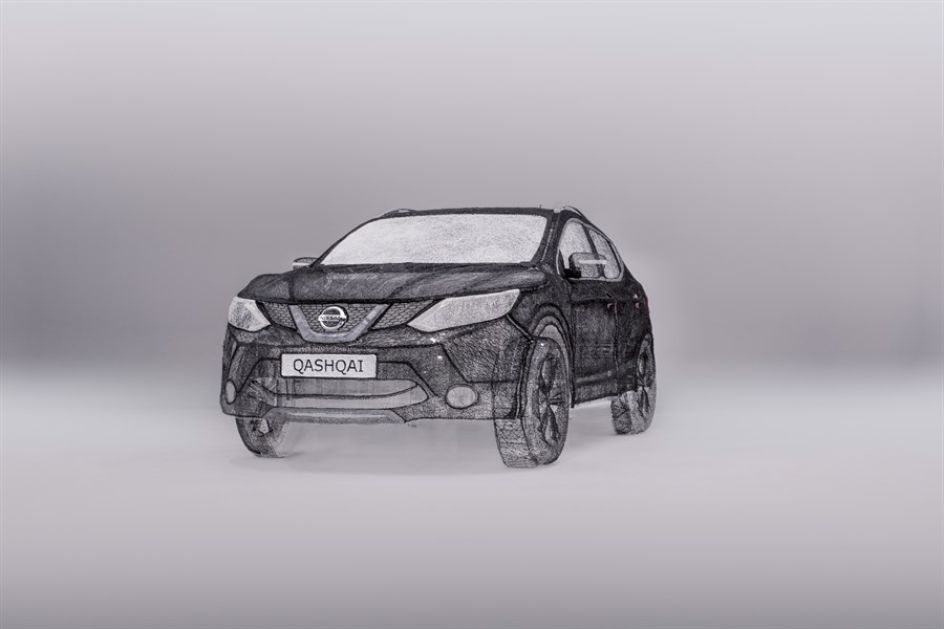
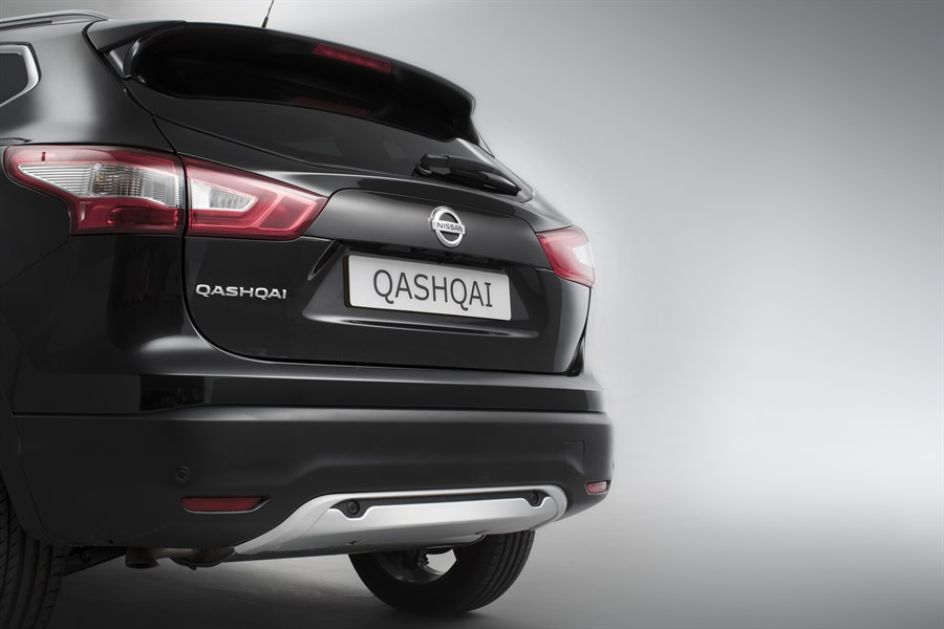














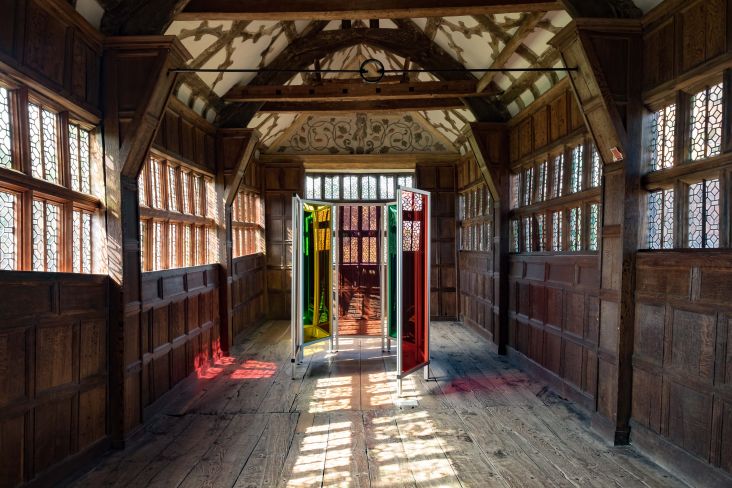
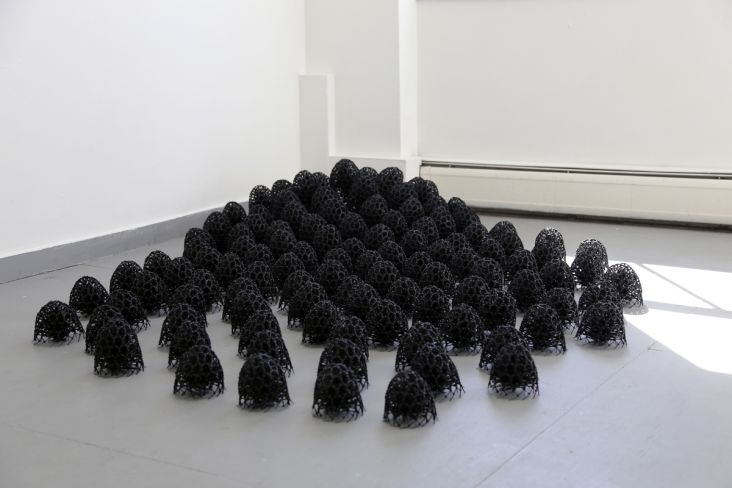
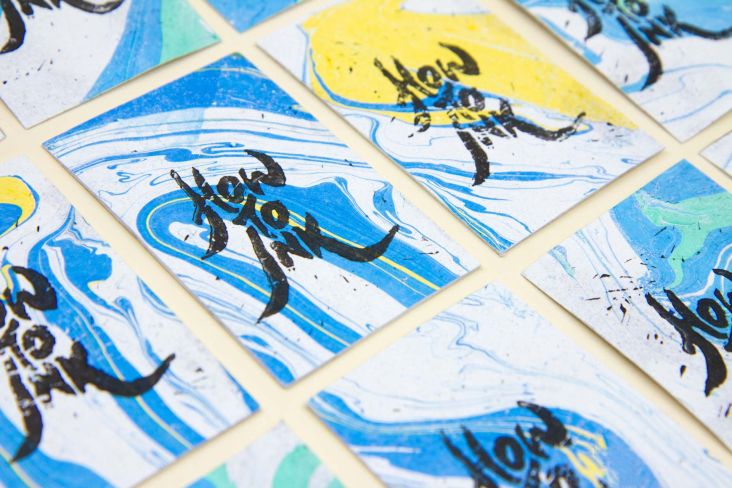
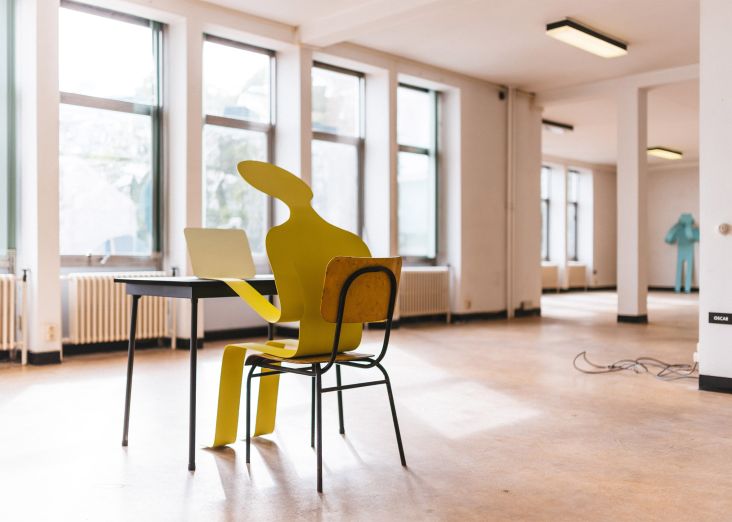
](https://www.creativeboom.com/upload/articles/49/49216d9d05af36f3f55ca2bc4eea5b810a062fa5_732.jpg)
